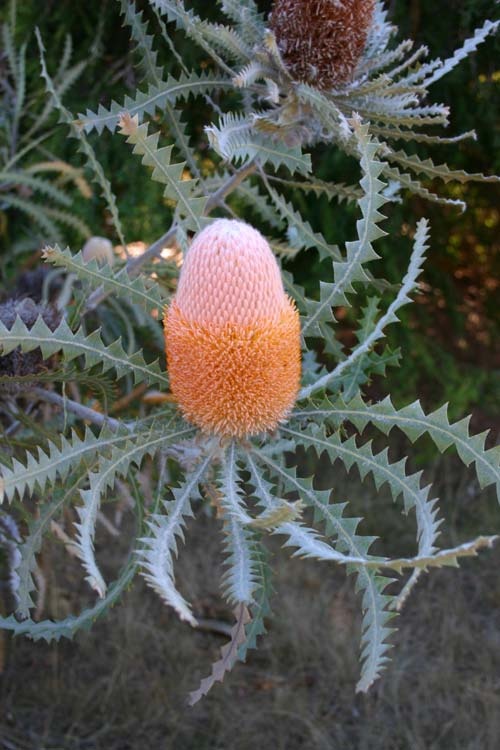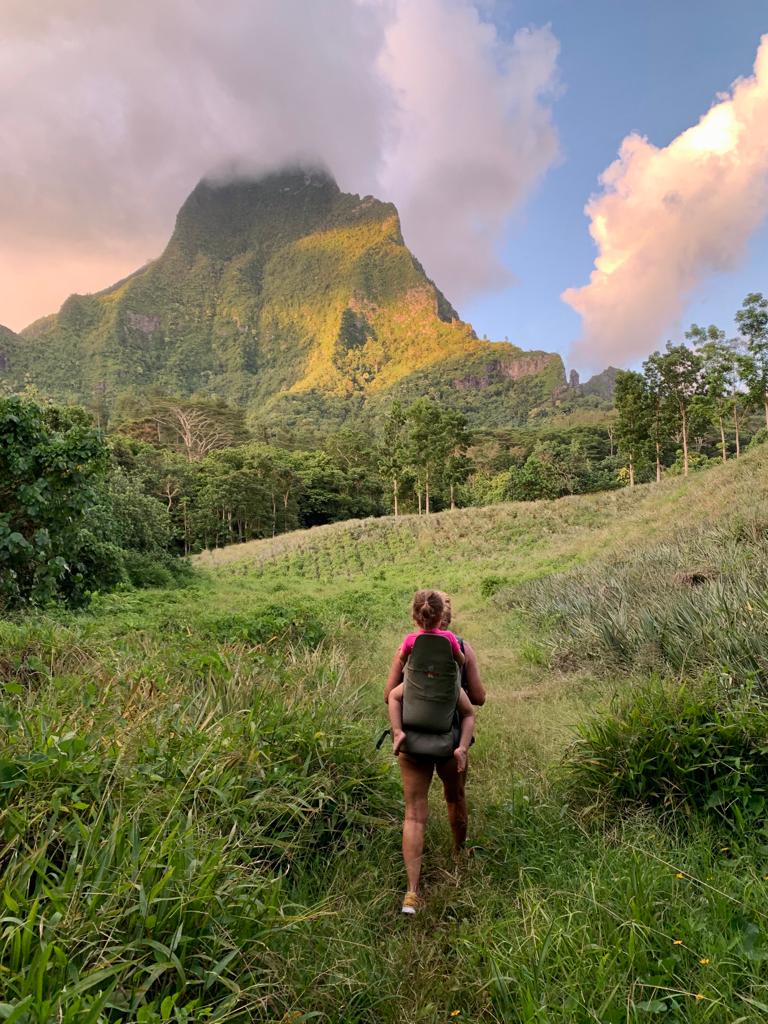Dear Integral Meditators,
If someone asked you ‘what is mindfulness’, how would you reply? The article below offers one working definition of mindfulness and how we can start practically applying it to our daily life.
In the spirit of the art of mindfulness,
Toby

What is Mindfulness? (Hint – you are doing it already!)
A definition of mindfulness
I had a conversation the other day with a lady who felt she did not know what mindfulness is. I responded to her that she was already doing it. She asked my why? I told her “When I was a monk the first definition of mindfulness that I learned was that it is an ‘all accompanying mental factor, who’s function is to remember its object’.”
That sounds like a bit a mouthful right? Actually it is quite simple; when we are doing something, mindfulness is that part of our mind that remembers and recalls what we are doing without forgetting it. For example:
- If I am cooking an omelette, without mindfulness to help me remember what I am doing, after I have cracked and whisked the eggs I will forget my task, and wonder off to do something else, leaving no omelette!
- If I am in the middle of a conversation, mindfulness helps me hold and remember what we are talking about. Without mindfulness I would forget mid conversation, which would be both embarrassing and impractical.
So from this we can see that we all have some basic mindfulness, indeed without it we would not be able to function at all.
The Art of Mindfulness
Someone who is a mindfulness practitioner then is someone who is interested in increasing both their quality of life and their personal effectiveness by developing and refining their mindfulness in different areas for example:
- By being mindful of the good things that happen to me in my life I can enjoy and appreciate them more
- By being mindful of difficult emotions I can learn to manage them better
- By communicating mindfully I can help people understand what I want of them more clearly
- By being mindful of my sport I can learn better how to improve
Mindfulness and meditation
Meditation is ‘a mind that focuses on a positive object – an object that when we focus upon it causes us to become happy, balanced, peaceful or otherwise positively oriented’.
In meditation we use mindfulness to focus; if we keep forgetting what we are doing then our meditation won’t be very effective because we will keep dropping or losing our object!
Mindfulness enables us to place our attention on our meditation and hold it there without forgetting.
The function of mindfulness – Practical learning from life
What is it you want to learn about in your life right now? Once you have selected a subject, formulate a ‘mindful question’ that summarizes your intention. For example:
- How can I bring more meaning to my work life?
- What really makes me happy?
- What would it mean to bring my authentic self into social situations and conversations?
You can see here the list of possible subjects is endless, you just select a topic that is important and meaningful to you.
You then practice holding that question in your daily life, thinking about it, and acting in ways that express the answers that you come up with. If you like you can even sit down for a period of time and practice holding that question in your mind, breathing with it and using it as an object of meditation.
If you do this for a week, you will find that your mindfulness practice using this topic enables you to learn a tremendous amount about yourself and the area you are investigating. And there you have a mindfulness practice all of your own.
Integral Meditation Asia
Online Courses * 1:1 Coaching * Live Workshops * Corporate Mindfulness Training *
Life-Coaching * Meditation Technology











